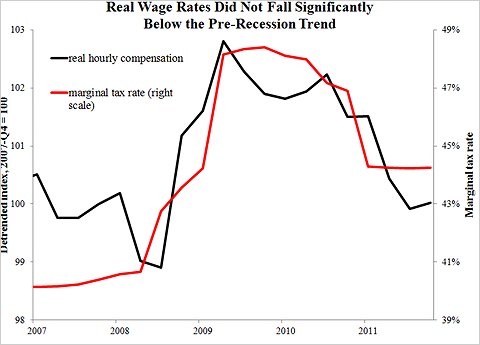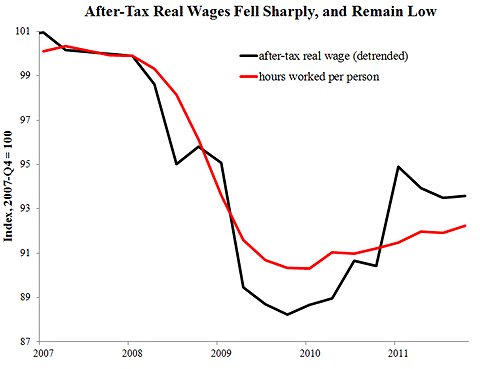Staying Alive
The struggles of a business trying to survive.
Sometimes, when I sit down to write, I focus on documenting a recent experience. Other times, I think about things that I would like to know about other businesses but have never seen publicly discussed. This post is the latter. It’s about how business owners decide what to pay their employees.
I’ve been thinking about wages and wondering whether I am paying my people too much, too little, or just the right amount. I don’t have a good way to answer that question, but I thought that it might be interesting for me to list what I expect to get for various hourly wages, starting at the minimum and working up the scale. I’ll be eager to see your thoughts in the comment section.
I have to preface the list with a little background. My willingness to pay a given wage to a given person is influenced both by the relative scarcity of trained woodworkers with the skills I need and by the cost of living in my location, suburban Philadelphia. I am also going to omit, for the purpose of simplicity, the cost of benefits that we offer (paid vacation, retirement plan, health insurance and, coming soon, profit sharing). My benefit costs for each of my workers depends on that person’s years with the company (we offer more vacation time for longtime employees) and family structure, which drives health insurance purchases.
I also want to stick to wages for shop-floor workers. There is a lot of chatter about manufacturing jobs in the media, and these are generally hourly positions. The salaried and administrative positions in my company do not fit into any neat categories, because of the specialized nature of our work. So I’m not going to include them in the analysis. That said, let’s start at the bottom:
Minimum wage (in Pennsylvania, $7.25/hour): I don’t expect much for this, beyond a pulse. I don’t think it’s enough for any adult to live on, as it would be difficult to afford a stable living and transportation situation. It might be appropriate for the unskilled, youths or temporary workers, but that is not what I want.
$10/hour: This is my starting wage. For this I expect workers without much in the way of skills but who are reliable about showing up on time and work at a steady pace. They should be able to learn simple tasks (taking out trash, unloading materials) and perform them correctly. They should understand English well enough to take simple directions.
$12/hour: If the $10/hour employees work out and show some ability to learn the simpler technical tasks that we perform while we build our products, I can pay them a little more. I would expect them to perform a set of simple tasks on a regular schedule without supervision and to demonstrate a willingness to work on a flexible schedule. They should also have a valid driver’s license and be willing to work a flexible schedule and long hours when we need to make out-of-state deliveries. (They will be paid overtime for more than 40 hours of labor per week.) They should understand complex spoken English.
This is also where we start workers who have the desire to become skilled woodworkers but have had no training. This class of workers requires significant attention from management and co-workers, so we can’t pay them much. They need to demonstrate a good work ethic, curiosity and willingness to take direction. And, they need to show some talent, which we call “good hands.” This ability is not evenly distributed in the population, and it cannot be taught.
$13.50/hour: This wage is for workers who can speak English sufficiently to convey technical information back to the supervisor. For a worker on the training path, a raise to this level would be a reward for steady progress in acquiring our specialized skill set, and continued reliability and hard work.
$15/hour: This is where I start workers who have had general training in woodworking but do not have experience in the specialized skills that we use. Most woodworking training programs emphasize skills that are, in my shop, obsolete. We do not work with hand tools very often and our equipment is much more sophisticated than that found in schools. So workers fresh out of technical school will need significant training, and we will also have to determine whether they have good hands and a good work ethic.
$18/hour: I would pay this for workers who have had both technical schooling and some experience in another wood shop and whose skills and work ethic have been vouched for by former bosses. I still need to see whether these workers can perform at our level of speed and accuracy, which is higher than the industry average. And we will still need to put a significant effort into expanding their skill set to include the specialized work that we do.
$20/hour: This is what I pay workers who have been with me for sufficient time to learn our procedures and perform at a level where they can do most tasks most of the time without error. As custom makers, we do a very wide variety of projects and have an enormous library of designs. It takes a while for workers to encounter every item we make, because we do not produce every one of our designs regularly. I keep workers in this wage range until they can do a wide range of items without problem. Also, at this level they should not need constant attention from management.
$25/hour: These employees should have mastered every aspect of their jobs. They should be able to manage a helper if required. And they should be able to contribute ideas that improve our operations. This is also where I would start workers who come to us with previous experience doing work similar to ours. Most workers who can make that claim have many years of experience in other shops and a wide range of skills. Unfortunately, many of those skills are no longer needed in modern manufacturing. But their mastery indicates a dedication to acquiring and upgrading skills.
$30/hour: This is foreman-level pay, earned by a worker with complete mastery of both our particular skills and the wider demands of the trade. This worker should be an energetic and innovative leader, able to monitor all the activity in the shop, to provide direction to other workers when required and drive innovation in our procedures. This person will work closely with me and with the office staff and is likely to work a lot of overtime, which enhances pay.
So that’s my wage picture. You might break it down this way: the first $10/hour gets you reliability, the next $10/hour gets you a skill adequate to do our regular production, and the next $10/hour buys all of the extras. One of the paradoxes is that many of those extras are skills that we do not actually use anymore. Anyone who has been around long enough to get to master level has experienced the revolution in manufacturing that I have seen since I started my business in 1986. Back then, the machines were dumb and the workers were brilliant. Now the machines are a lot smarter, and some of the requirement for employee brilliance has been eliminated. Since we are custom makers, however, we occasionally end up doing something that could be done by machine but will require a lot of investment in programming and tooling. It is faster to push it out to the shop floor and let them figure it out. That’s when the master-level workers shine.
I want to close by repeating that this is what happens in my own shop. Different companies, in different industries, and in different locations, may end up with very different numbers. I welcome any thoughts on what I have written.
Paul Downs founded Paul Downs Cabinetmakers in 1986. It is based outside Philadelphia.
Article source: http://boss.blogs.nytimes.com/2013/04/23/why-i-pay-what-i-pay/?partner=rss&emc=rss




